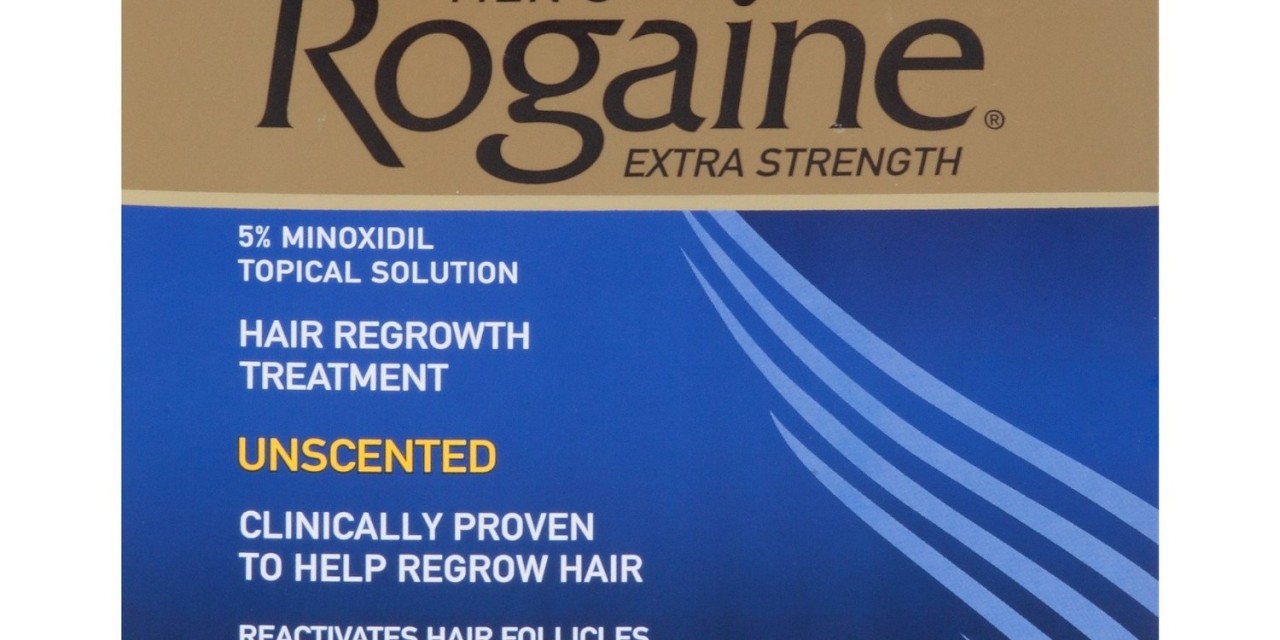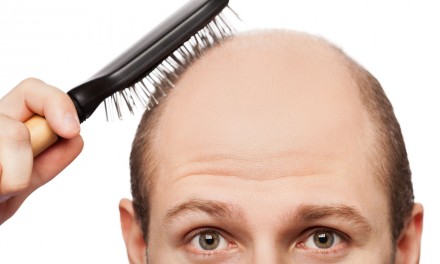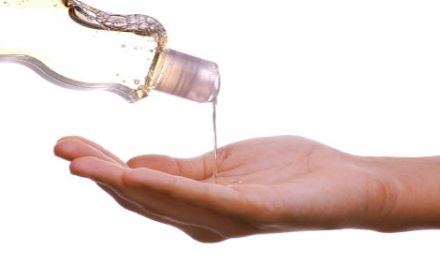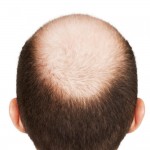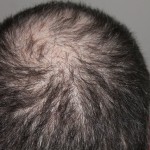One of the most popular treatments for Alopecia, Minoxidil is an over-the-counter medication to stop and/or reverse hair loss. As with all meds, there are upsides and downsides, and some people respond better to it than others do. Making the decision to medicate is never an easy one and should never be done without the approval of a qualified medical professional. Educating yourself about potential effectiveness and side effects is integral to creating a hair regrowth plan that works for you. Continue reading the 8 points below to gauge whether or not you’d like to bring up Minoxidil during your next checkup.
✔Easily Accessible
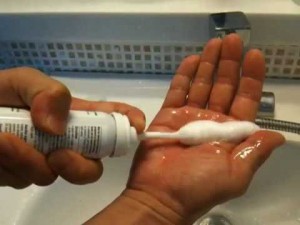
Rogaine Foam
Minoxidil is available in most drug stores, supermarkets, etc. across the country, and you should have no trouble finding it for an affordable price. You don’t need a prescription for it, either, although you should keep in mind that the best person to recommend (and approve) specific treatments is your doctor, who can offer effective advice based on your medical history. That said, if you and your doctor agree that Minoxidil is a good option for you, it is very easy to get. You won’t have to spend time waiting for refills, and if you’re fortunate enough to live near a 24-hour pharmacy, you won’t even have to wait until the next day to procure your medication.
✖ Serious Potential Side Effects
If you’re allergic to Minoxidil, you may develop facial swelling and/or difficulty breathing, which can be life threatening. Other side effects can include quick, dramatic weight gain, leg or ankle swelling, chest pain, palpitations, numbness, and faintness, all of which are extremely serious and require immediate medical attention. If you begin taking Minoxidil, you need to be prepared to address any symptoms that arise. Develop a plan for quick access to medical care, and air on the side of caution. If you’re experiencing odd symptoms, call your doctor.
✔Simple Application Process
It only takes a few minutes to apply the topical version of Minoxidil, and you only use it twice a day. You need to use it regularly to get the best results, so set a routine if you can—if you put it on at the same time every day, it will be easier to remember to do. Minoxidil tablets are (of course) even more time efficient, taking mere seconds each time as you down the pill with a glass of water and continue going about your daily business.
✖ Stopping Use Will Reverse Positive Effects
If you’re considering Minoxidil, know that you must be absolutely sure you’re willing to use it for the long haul. If you decide to stop it, even if you’ve used it for a long time, you’ll lose most or all of the positive effects—and you could even end up with worse balding than you started with in the places where you applied the medication. If you do need to stop due to anticipated side effects, you might be in the market for a more aggressive hair loss treatment strategy than you originally bargained for.
✔Effective for Chemotherapy Hair Loss
Chemo hair loss is notoriously hard to deal with, and many turn to wigs or head coverings to hide their baldness while waiting for the hair to grow back. Minoxidil can speed this process up. In particular, a study of 22 breast cancer survivors found that Minoxidil use decreased the period of alopecia by an average of 50 days without any serious side effects. Chemotherapy is never pleasant, but at least Minoxidil can make it less unpleasant by providing faster hair growth results.
✖ About Half Of Users Did Not Get Satisfactory Results
Minoxidil is a cliquey medication, meaning that it’s extremely selective in its results. Women under 40 have the most success with Minoxidil, and it is much more effective when implemented proactively (initiated at the first sign of baldness) and the stronger version is used. And even when you take all that out of the equation, Minoxidil does not have a very high success rate as represented in some studies. 45% of people in one comparative study did not see an increase of hair mass. That’s a pretty high number—especially for a medication that, when stopped, leaves you as bad off (or worse off) as when you started.
✔Lowers Blood Pressure
Perhaps the most pleasing of Minoxidil’s side effects is its tendency to expand the blood vessels, which results in lower blood pressure. As a matter of fact, Minoxidil was first introduced as a treatment for high blood pressure in the 1970’s. So if you’re the type of person who is both balding and constantly stressed, Minoxidil may be a good way to go. (Consult the above list of people who get the most satisfactory results to estimate your success rate with Minoxidil.)
✖ Bad for People With Sensitive Scalps
This applies mostly to the topical solution: Minoxidil can cause scalp irritation or dandruff, although this isn’t very common. That said, it does make use more difficult for people with sensitive scalps, who are automatically more susceptible to the above effects. If you start using Minoxidil and notice an itchy or flakey scalp, you should promptly discontinue use and go see a dermatologist. These symptoms can be solved with a special shampoo, but you should not continue with Minoxidil unless your dermatologist gives you the green light.
© 2016 by BaldTalk.com, an LiVenture.
All rights reserved. No part of this document may be reproduced or transmitted in any form or by any means,
electronic, mechanical, photocopying, recording, or otherwise, without prior written permission of LiVentures.

